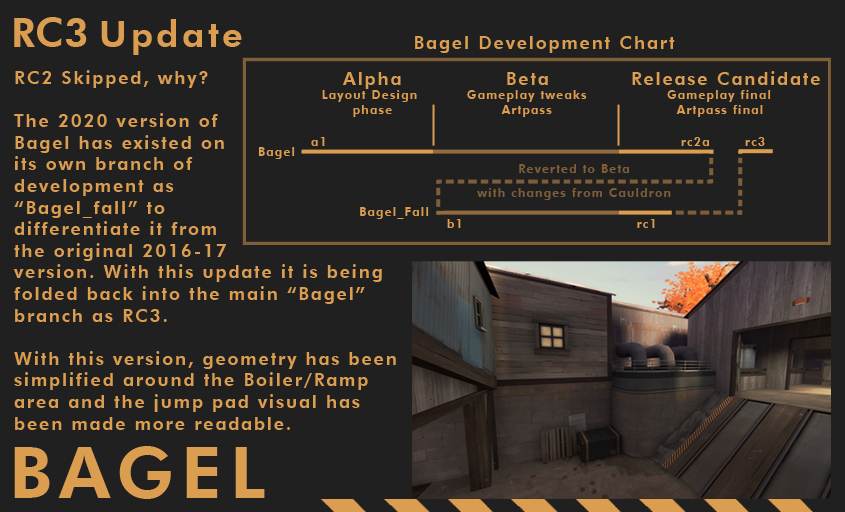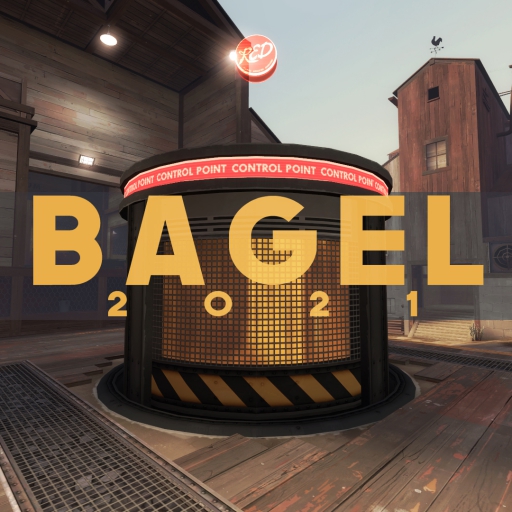There has to be a seam somewhere unfortunately:
https://en.wikipedia.org/wiki/Hairy_ball_theorem
Except it's not a sphere, it's a cylinder, and you can have it perfectly tile since you can bend a flat sheet of paper into a cylinder without any gaps or missing tiling. The length of (or a factor of) the texture has to be the same as the circumference and it will repeat correctly.
Part A)
The easiest way to do this is select all the faces and then just click "fit." Each texure will be automatically scaled to fit one face of the cylinder, but this may be too squished if the faces of the cylinder are too small. In which case you can select one face to see the scale, and simply multiply whatever X scale is in there by 2, so that the texture now takes up two faces of the cylinder (which looks to be about right from the screenshot).
Part B)
Another way that would minimize the scale warping would be to measure the circumference, and then scale of the texture to fit as closely as possible.
We can approximate the geometry with a circle, so the circumference is just pi * diameter. So if the capture point is 256 units across, the circumference will be ~804.2 units.
The default scale of 0.25 makes the 256x64 texture 64x16 units, so it will repeat 12.56 times in a distance of 804.2 units (804.2 / 64). It's not a round number, so there will be a seam in the texture. To make that an even 13 times, just divide 804.2 by 13 to get 61.86. Now this is just a ratio of 61.86/64 = X/0.25 to get your new scale. In this case it is, 0.2416. Using this X scale will make the texture repeat 13 times.
Part C)
Here's a screenshot of what all this looks like. All are a cylinder 256x256 with 32 sides except #3 only has 16 sides.
From top to bottom:
1. Selecting all the faces and pressing "fit"
2. Using the scale from #1 and multiplying it by 2
3. Selecting all the faces and pressing "fit" (except didn't have to *2 because the faces were larger)
4. Using the ratio method from part B.
5. Original 0.25x0.25 texture scale and resulting seam.
As you can see, some of them are a bit more stretched or squashed than others, but #4 is the closest to the original size and is the least noticeable. The only way you could possibly notice is if you had both side by side.








